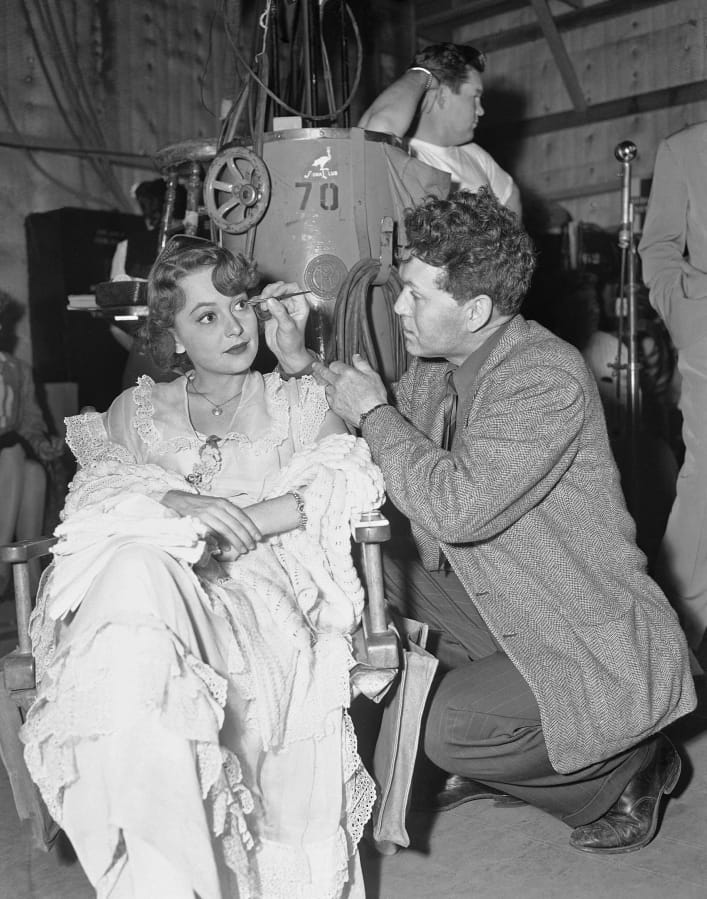Olivia de Havilland made her own luck from all the right ingredients: talent, ambition, luminosity and extraordinary longevity.
She died Sunday at the age of 104, in Paris, where she lived since 1953. She was the oldest remaining Academy Award winner; the only female Hollywood star (with an epic, lifelong sibling rivalry to match) whose actress sister, Joan Fontaine, also won an Oscar; and the last great exemplar of the Hollywood star system heyday.
Oh, and this, and it’s no “by the way” postscript. Olivia de Havilland sued her Warner Brothers overseers for unfair, punitive enforcement of an exclusive personal services contract. And she won. It’s known as the de Havilland law.
Hollywood and the film industry made a lot of money off unfair labor practices. If a studio contract player such as de Havilland declined roles, holding out for better material, for years the studios got away with interpreting the typical seven-year contract as a malleable, extendable arrangement measured not in calendar years, but by seven years’ worth of actual days working for the studio.



